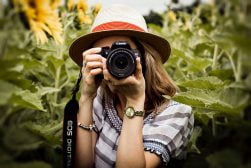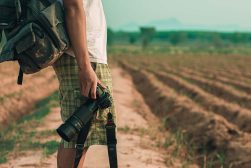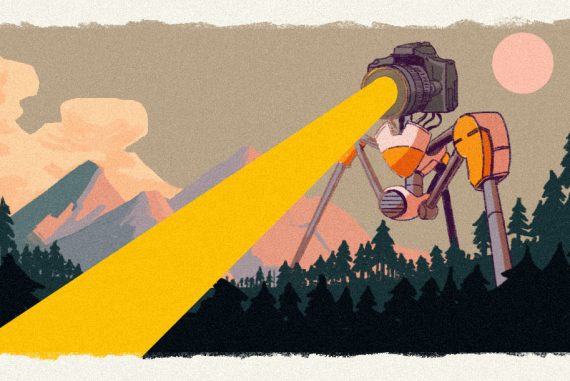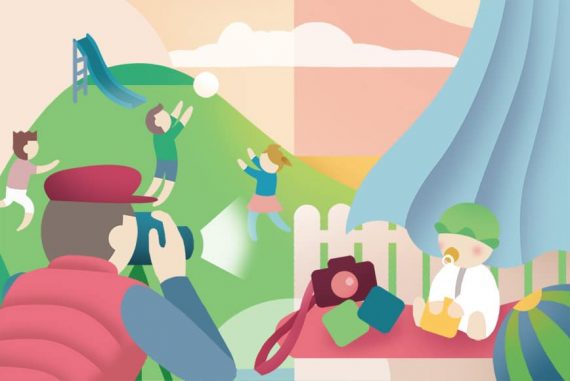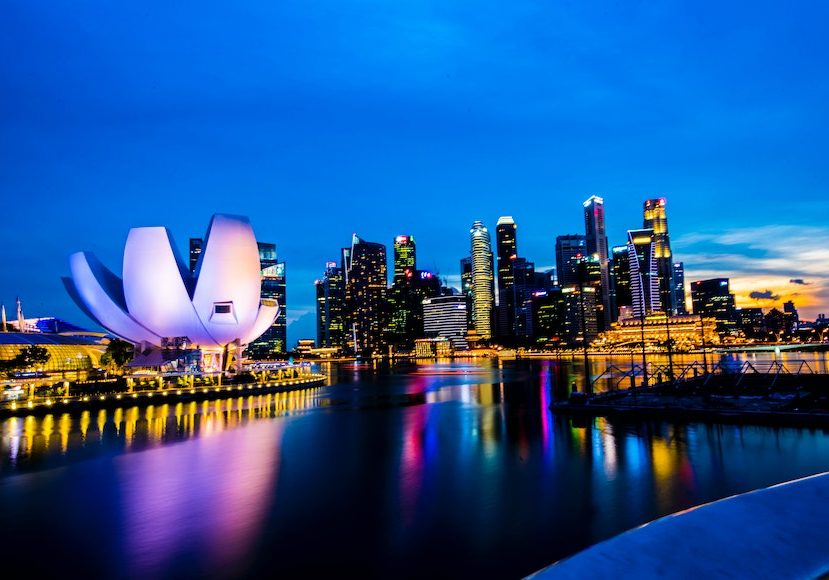
Cityscape Photography Tutorial (+ Examples & Settings)
Everything you need to know to improve your cityscape photography, from cameras and lenses to composition, lighting, finding locations, and tips and tricks.
Learn | By Jeff Collier
Cityscape photography is a beautiful way to capture unique moments of city life while also capturing the hidden beauty of big cities.
Though it appears as if shooting cityscapes should be easy, many experienced photographers can tell you a lot of thought and practice goes into mastering the art.
Cityscapes are some of my favorite subjects when looking for fun and unique images to capture.
Throughout the years, I have picked up some new and exciting tips and tricks, which help make my cityscape photography experience more magical.
Below I have shared the tips and tricks I have learned, and I hope they can help you when looking to capture fabulous images of your favorite city.
Once you have mastered the art of cityscape photography, capturing tremendous images will seem effortless as you continue to grow as a photographer.
Continue reading to learn more about some of the best cityscape photography tips:
Table of Contents
What is Cityscape Photography?
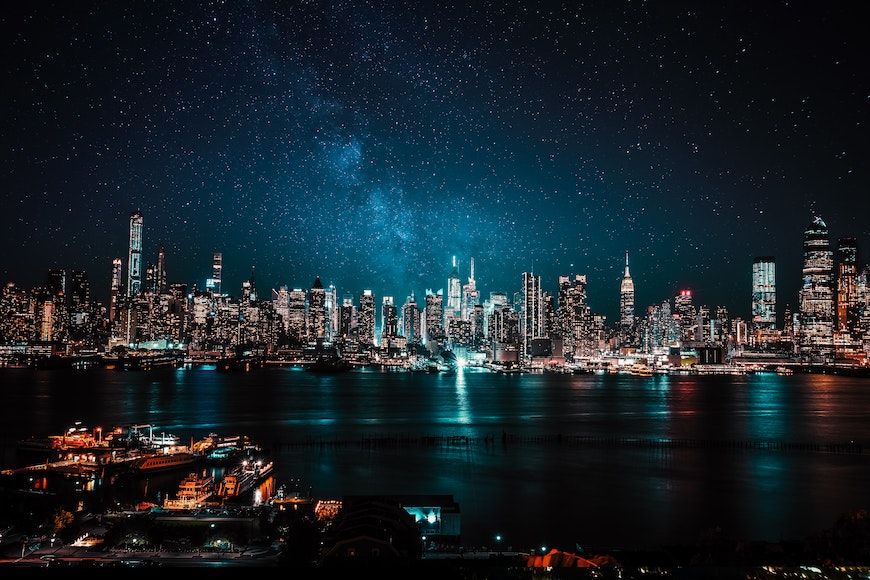
Credit: Piccinng
Cityscape photography showcases everyday life in the area, especially in public spaces.
Many elements go into taking fabulous cityscape photos, including being in the right place at the right time.
Some believe cityscape photography consists of people in the frame, while others think cityscapes should only highlight the best features of structures.
Go out and explore, take multiple photos, and decide for yourself what the true meaning of cityscape photography is.
What Gear Do You Need to Shoot Cityscapes?
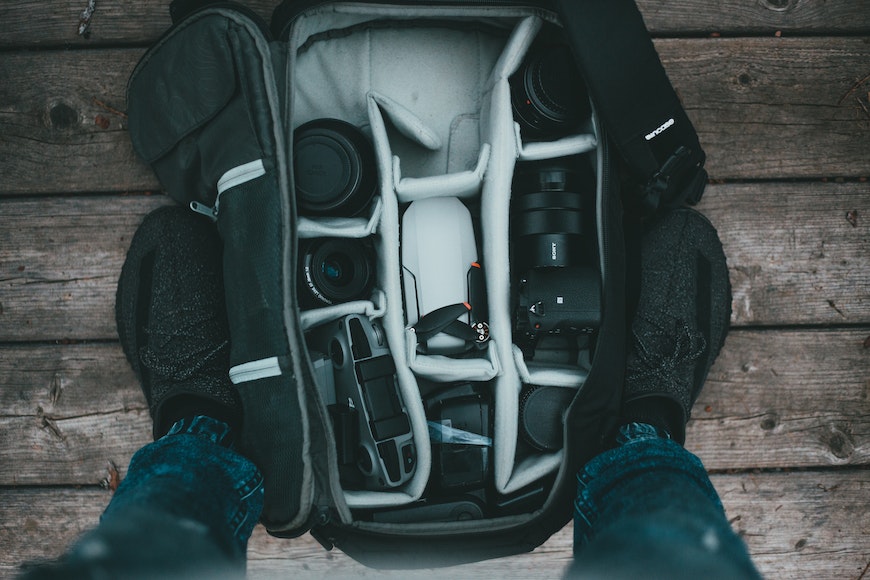
Credit: Erik Mclean
Any camera device can work for taking cityscapes, including your cell phone.
However, if you want more advanced cityscape photos, higher-quality equipment, cameras, and lenses can add the boost needed for professional-looking photographs.
Let’s look at some essential gear options and considerations when choosing the best equipment for photographing cityscapes.
Camera
A camera is a must when taking cityscape photos, but it doesn’t have to be a top-of-the-line camera.
A camera can provide a decent-quality photograph, but most cityscape photographers prefer to invest in a quality DSLR or mirrorless camera.
Ultimately, a good landscape camera has a high frame rate, sophisticated auto-focus system, higher ISO performance, higher resolution, and weather sealing to protect against the elements.
When shopping for a camera, look for one that is lightweight, making it easier to handle and carry when exploring the city to take photographs.
Some of the best landscape and cityscape cameras include Nikon D850, Canon EOS 5DS R, Sony A7R IV, Canon 6D Mark II, and Nikon Z7 II.
Lenses
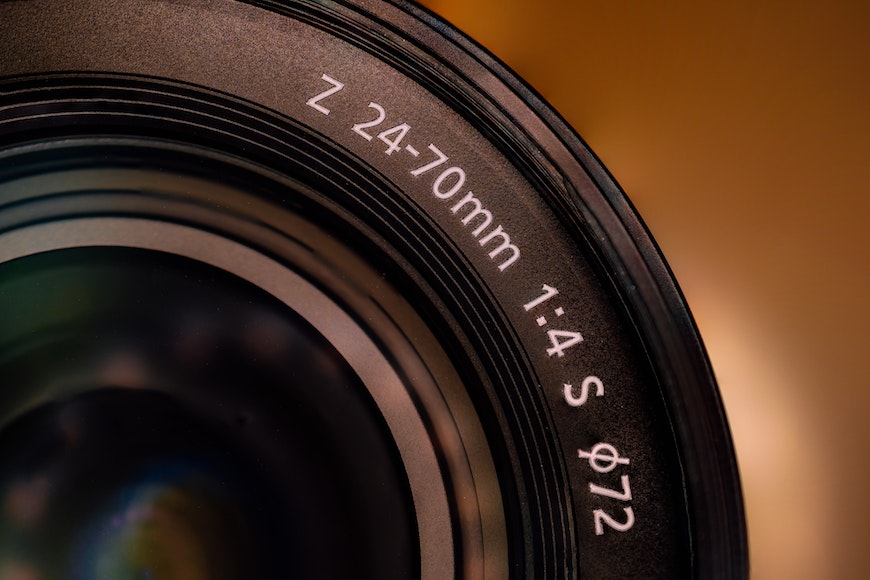
Credit: Brett Sayles
When shooting cityscape photographs using a DSLR, you’ll want to use a lens with focal lengths ranging between 24mm and 70mm.
An ultra wide angle lens or fisheye lenses work when capturing scenes in a dense urban environment; however, these lenses are less versatile than other mid-range lenses.
Telephoto lenses also work well, especially when you are further away from the city and want to take a classic skyline photograph.
Tripod
Though it is best to travel light when taking cityscape photographs, a tripod is an essential piece of equipment you need to have with you.
The tripod will hold the camera steady, reducing shake, and it is perfect for long-exposure shots or night cityscapes.
A camera clamp is a good alternative if you don’t want to carry a tripod everywhere you go.
The clamp attaches to surfaces, such as railings and platforms, providing the same stability as a tripod for breathtaking cityscape photography results.
Camera Bag
To help manage your gear when shooting photos in the city, a bag is vital to staying organized and carrying everything you need for shooting cityscapes.
When shopping for a bag, shop for one that is lightweight and durable but has many pockets to hold everything you need.
Additionally, a bag that you can wear across your body makes it possible to keep your bag and equipment safe while you are distracted shooting the city skyline.
Filters

Credit: Mauricio Mascaro
Filters are accessories that can add additional flare to cityscape photographs.
Various filters can create stars out of city lights, and a circular polarizer can reduce or enhance the reflections off of glass and water.
Phone

Credit: Arnab
For various reasons, bringing your phone with you when shooting cityscape images is essential.
First, you can use your phone’s camera to take test shots of the city skyline, buildings and landscapes to see what it would look like and to determine the best place to set up your equipment.
The best thing about using a phone to scout out the best locations, you are able to see the image from the viewer’s eye and find locations with an unobstructed view.
Secondly, depending upon what parts of the city you are shooting in, you want to have your phone accessible for directions and to call for help in case of an emergency.
What Camera Settings Should I Use for Cityscape Photography?

Credit: Pixabay
Camera settings for cityscape photography can vary depending on the scene in front of you and your goals for the final image.
Some things to consider when selecting settings for cityscape photography include:
- ISO: Choose the lowest possible ISO setting and shoot from a tripod
- Aperture: Medium apertures, such as f/5.6 to f/8, work well when taking photos of distant buildings and city skylines
- Shutter Speed: When shooting cityscapes holding the camera in hand, the faster the shutter speed, the better. Using a tripod, you can use long shutter speeds to capture fantastic images.
- Image Stabilization: To reduce camera shake, vibration reduction or image stabilization is a useful setting for the night or low light photography, but it can be turned off when using a tripod.
- File Formats: The most common file format for cityscape photos is JPEG; however, it might be best to switch to RAW, where you have greater control over exposure and white balance.
- Focus: Autofocus is an excellent option over manual focus; however, sometimes using manual focus allows you to focus on essential aspects of the cityscape you want to highlight.
See our beginner’s guide to camera settings for more helpful tips.
What About Taking Photos of Cityscapes at Night?
Night cityscape photos are beautiful and can be breathtaking when done right.
Once nightfall covers the city and the city lights come, it’s the ideal time to capture stunning shots of the city.
Here are some tips for capturing fantastic night cityscape photographs:
- Use a tripod to prevent camera shake and take long exposure shots of the city lights
- Use accurate metering to ensure you do not overexpose the image
- Use your camera’s self-timer or a cable release to take the photo with no blurring
- Capture cityscape images during the golden hour, which is the first hour after sunrise or the final hour before sunset
- Shoot water scenes, such as rivers, ponds, or lakes, where there are a lot of lights so you can capture the sparkling reflection in the water
- Focus on single subjects, such as buildings, monuments, or models, when shooting photos at night in big cities
- When shooting models or subjects close up with the cityscape in the background, use a flash
Here’s how to shoot night landscape photography for more tips.
How to Create Impactful Cityscape Photos

Credit: Nick Kwan
Cityscape photography is one of the most accessible scenes for cityscape photographers to capture impactful images.
However, creating the most impactful cityscape can be challenging but possible.
Here are some cityscape photography tips to help you create the most impactful cityscape photograph:
Keep straight lines
Keep the horizon and keystone lines straight because when these become tilted, they can distract from the purpose of the cityscape image
Wide-angle lenses enable you to fit more of the city skyline into the frame, which can make the foreground pop, and the background now adds an impactful effect to the overall image.
Telephoto lenses remove depth of field from the cityscape photograph and are an excellent way to compress the subjects of the photo into a cohesive image
Take advantage of the blue hour
This time frame only lasts about 45 minutes and occurs between the sunset and total darkness, which is perfect for capturing the twinkling city lights
The human eye automatically follows lines, and using leading lines, such as highways or bridges, can help the viewer fixate on the subject of your cityscape image
Frame your cityscape photograph in a manner to avoid obstructed views or other distractions that may take away from the desired subject of the photo
Keep the sun behind you
Let the sun illuminate the city from behind you, and avoid taking photos of city skylines that create a shadow effect because the city is backlighting the buildings
Shoot from above
Find a tall building or other structure you can climb to capture images of the city skyline from above
Take advantage of bodies of water
Shoot cityscapes with lakes, rivers, oceans, or other bodies of water, where you can take advantage of the reflections
Take time to plan out your photo shoots
Determine where you will set up, what you will photograph, and what settings you plan to use before going to the location
The polarizing filter can enhance reflections in glass and water, but it can also remove the reflections
Compose your cityscape images where buildings or structures are placed in the right or left third of the frame
Shadows add an extra dimension and silhouette and create impressive views of structures over other structures which are not hidden in the shadows
Take a moment to admire the city skyline and look for repeated patterns, such as doors, windows, geometrical structures, and tile patterns
Look for irregular patterns
Though looking for regular and repeating patterns in the cityscape, looking for irregular contrasting patterns can create an impactful cityscape image
Take advantage of negative space
Look for negative space that helps isolate buildings and structures in the city’s skyline and use that space to highlight and feature the subject
Finding Locations for CityScape Images
Finding the perfect location for shooting cityscapes is vital to capturing impressive images of tall buildings, passing cars, and the fantastic elements of the big city.
Knowing where you plan to set up can help you save time and hassle, especially when you need to get in, take a photograph, and get out as quickly as possible.
Spend a day exploring the city and scout out several locations where you can capture stunning cityscape photography images.
When you find the perfect place, enjoy the scenery and imagine the photos you want to capture when you return with your camera equipment.
Have your phone available to take several scouting photos of the area. Then, when you return home, analyze the images to determine the best angle, vantage point, and location to shoot your cityscapes.
Check online photography sites for images taken by professional photographers to determine the best places to shoot cityscape photographs.
Google images and Flickr are the best places to start your search for locations to shoot cityscape photos.
You should also use apps like The Photographers Ephemeris and PhotoPills to plan your cityscape shoots.
Don’t be afraid to move around when scouting cityscape photography locations to gain a new perspective of the view.
15 Tips for Amazing Cityscape Photography
Cityscape photography takes more than just pointing your camera at a big city and hoping to capture an impressive image.
Though an expensive camera isn’t necessary, some cityscape photography tips can help you capture excellent results.
Follow these simple tips to capture the glitz, glamor, and sparkle of urban landscapes and share the fantastic views you see with others:
Tip 1: Use the Right Lens
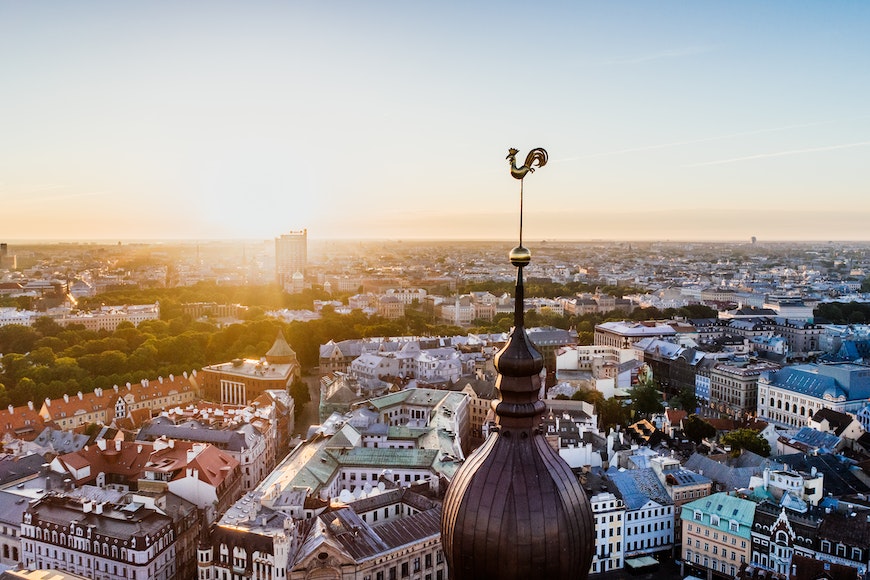
Credit: Aleksejs Bergmanis
Your camera and lens are critical equipment, and having the right lens can ensure you capture the best possible photo of your favorite big city.
Tip 2: Use Manual Focus

Credit: Lukas Kloeppel
Though autofocus is a fantastic camera feature, when you shoot night photography, manual focus can help you capture the desired image of the city.
Tip 3: Layer Light Trails
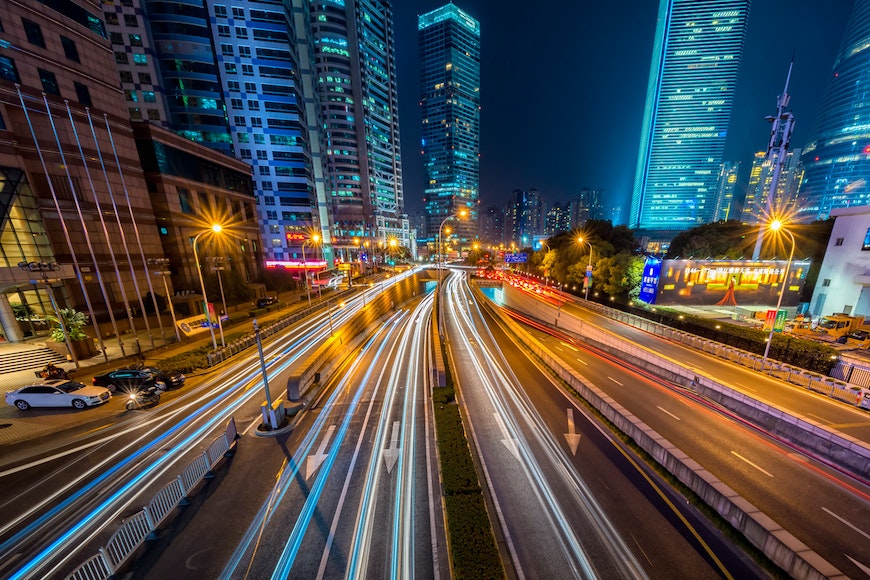
Credit: Peng Liu
To capture light trails, it is best to set your shutter speed to 10 seconds or longer or use the Bulb Mode to take photos with exposures longer than 30 seconds.
This method allows you to capture trails of lights on highways and bridges as cars drive along the roadways.
Tip 4: Include Reflections
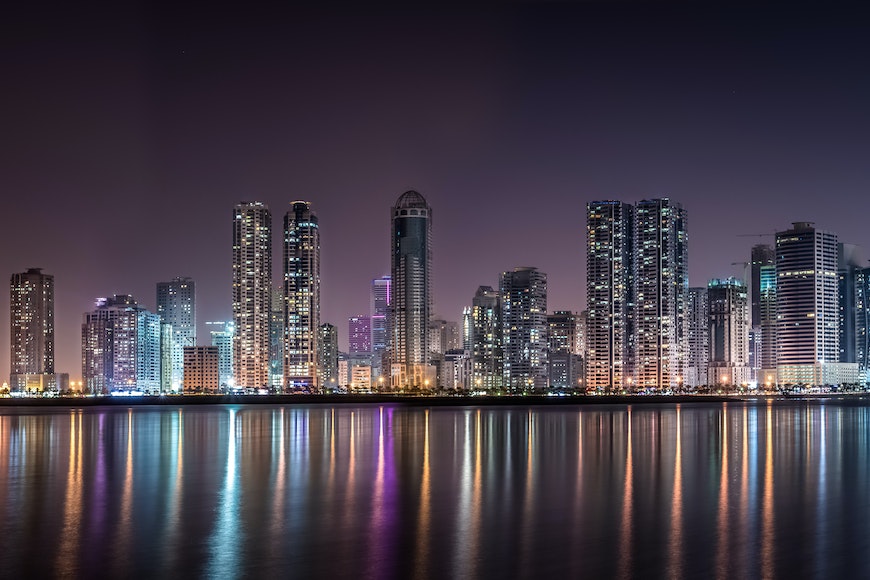
Credit: Amar Saleem
Capturing reflections of buildings and other items in a city within bodies of water or glass can add dimension to your cityscapes.
The best advice we can give you is to shoot reflection photos when the waters are calm because rough waters or water with extensive ripples can distort the reflection and sometimes make it difficult to see.
Tip 5: Check the Weather
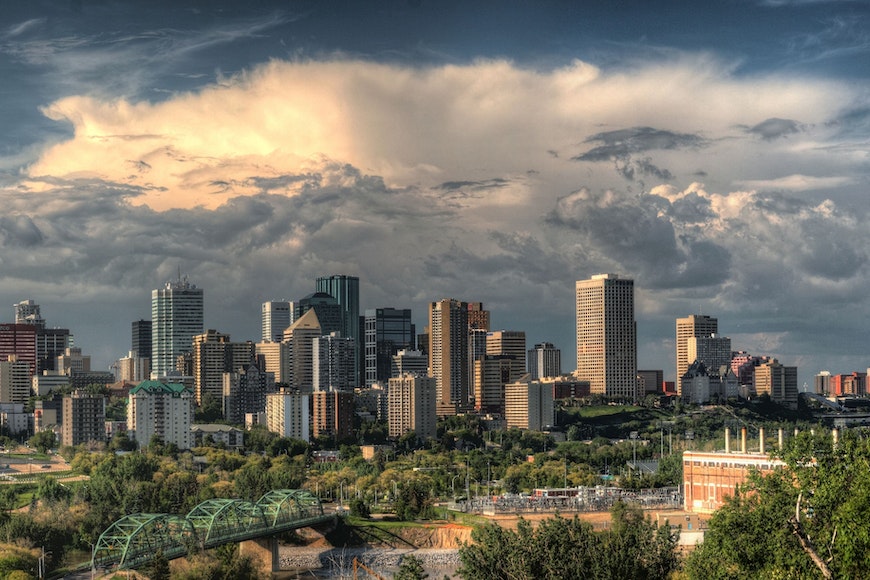
Credit: Pixabay
Before heading out to shoot cityscapes, check the weather.
Knowing the weather conditions can help you choose what to wear and can help you determine the right light and mood based on how the weather will be for the day.
Tip 6: Reduce Camera Shake

Credit: Andrey Grushnikov
When shooting city landscapes, do everything possible to reduce camera shake.
Using a tripod, hands-free shutter releases or faster shutter speeds can help reduce the effects of camera shake in your cityscape photograph.
Tip 7: Switch to Aperture Priority Mode

Credit: Following NYC
The aperture priority mode is perfect for beginners who want to capture fantastic cityscape photographs.
Switch your capers to Aperture Priority, allowing you to change the aperture to your desired setting, and the camera will automatically select the shutter speed.
Tip 8: Arrive at Your Location Early
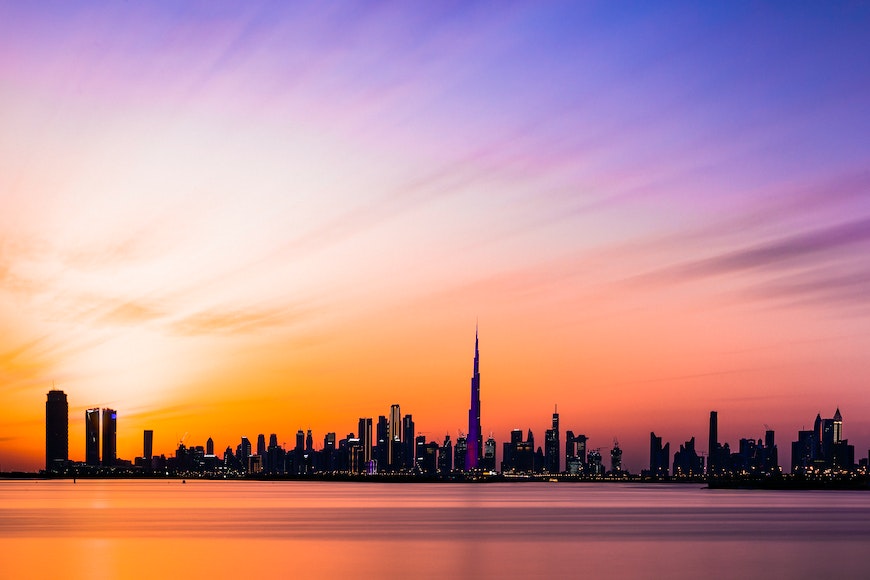
Credit: Aleksandar Pasaric
Make plans to arrive at your location early, allowing you to shoot cityscape images during the golden house, the blue hour, and night photography options with brilliant light trails.
Tip 9: Shoot from Inside Your Hotel Room or Downtown Apartment
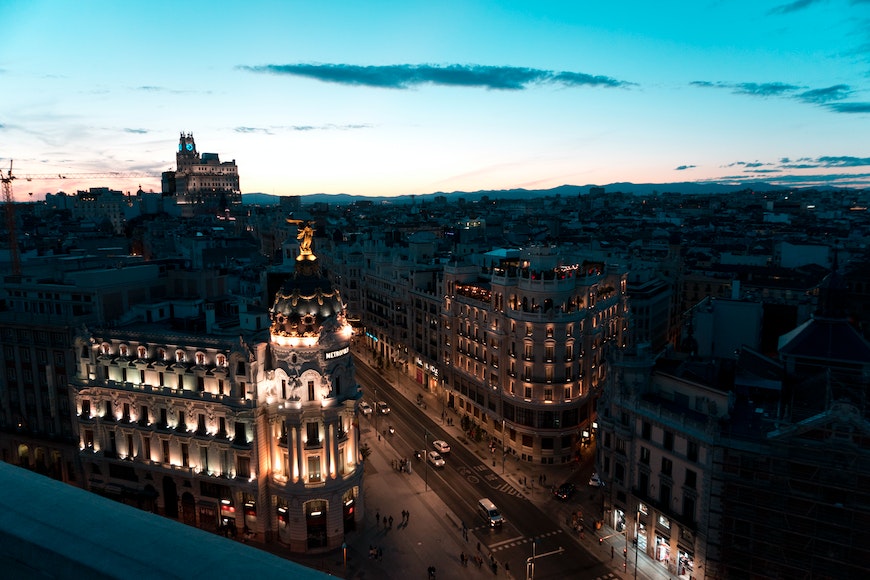
Credit: Nicolas Postiglioni
One of the best vantage points when shooting cityscapes is from a high angle and within a hotel room.
Set your equipment up to capture images through the hotel room’s window and create a unique image, allowing some of the room to be within the photo’s frame.
Additionally, big-city hotels have rooftop restaurants or access, where you can capture a panoramic view of the city.
Tip 10: Include People in Cityscapes

Credit: Lex Photography
Featuring people in a big city when shooting cityscapes can help demonstrate the scale of the buildings and show how impressive these structures are.
Tip 11: Use Long-Exposures for Night Shots with Light Trails
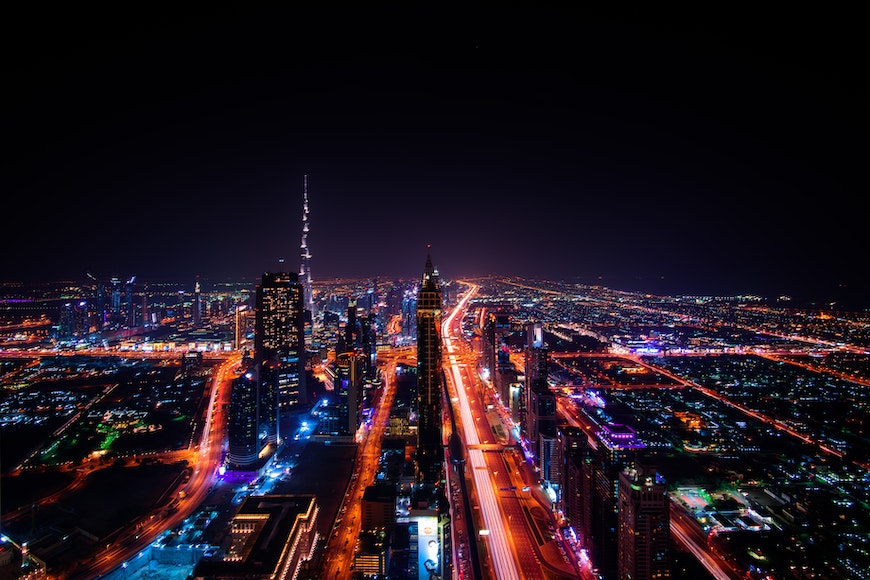
Credit: Pixabay
Adjust your camera’s settings to use long-exposure times for night photography which can help create stunning cityscapes with brilliant light trails.
When using long-exposure times, use a tripod to keep the camera steady.
Tip 12: Do Bracket Exposures

Credit: Pixabay
The best way to ensure you capture the best photo with the best exposure is to use bracketing.
Look for the exposure compensation button on the camera to adjust the exposure by two or three stops and take photos from the same vantage point using the varying exposures.
Tip 13: Look for Unobstructed Views

Credit: Nextvoyage
Take time to explore the city before preparing to take cityscape photographs, and look for high locations with unobstructed city views.
Tip 14: Find Varying Viewpoints
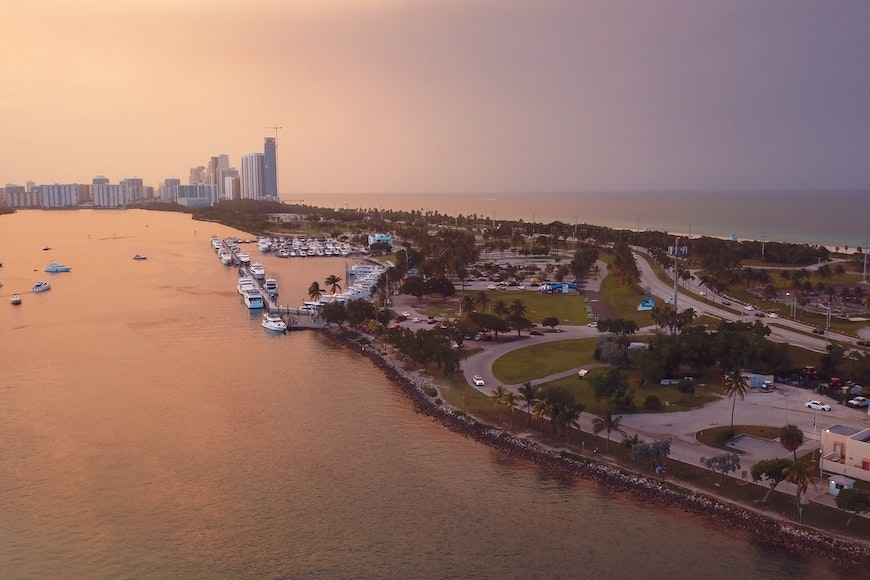
Credit: Alvaro Hernandez
Shooting cityscapes offer endless opportunities to capture different aspects of the buildings, streets, and people.
Take photos from different positions, including at street level, rooftops, and hills/mountains outside the city.
Tip 15: Don’t Give Up
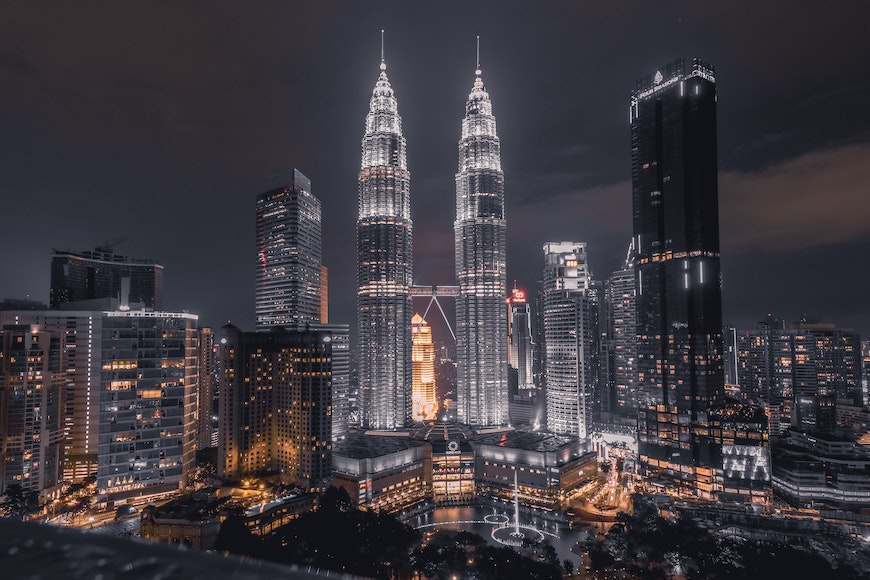
Credit: Umar Mukhtar
Keep trying shooting photographs of city landscapes, ensuring you gain experience with this type of photography and develop the skills needed to create breathtaking images.
Keep taking photos until you achieve the look and feel you want in your cityscape photograph.
What are some Cityscape photography hashtags I can use on Instagram?
- #cityscape
- #urbanphotography
- #cityview
- #citylife
- #skyline
- #architecturelovers
- #streetview
- #citylights
- #city_explore
- #cityphotography
- #urbanlandscape
- #nightcityphotography
- #cityscapes_unlimited
- #citybestpics
- #city_features
- #citylimitless
- #citygrammers
- #skyscraper
- #streetshared
- #buildingswow
Remember also to use location-based hashtags such as #Sydney or #London if you are taking photos in a specific city.
Final Words
Shooting cityscapes offers an opportunity to take an adventure in your favorite city, shooting photographs of your favorite buildings, such as the Empire State Building.
Remember, if you are starting out as a photographer, the more you practice, the better you will get and the more amazing photographs you create.
Do not be afraid to experiment with different angles, locations, and settings to create the best cityscape photographs possible.
If you are still struggling, let us know what you need help with, and we can help you with photographing cityscapes.





